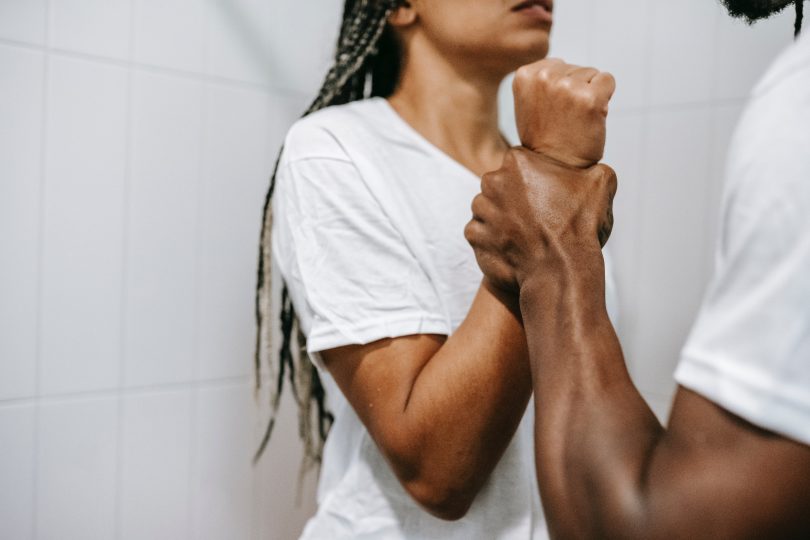The COVID-19 pandemic has seen most crime rates drop around Australia, but a new enemy lurks behind closed doors.
The Australian Bureau of Statistics (ABS) reported while traditional crimes such as unlawful entry with Intent and motor vehicle theft decreased by 23 per cent and 17 per cent respectively in 2020, the pandemic saw a 13 per cent increase in domestic and family violence.
As a result of people being restricted to their homes for the interest of public health, opportunity to commit crimes outside of the home is reduced.
The new battleground is increasingly at home, where those vulnerable to domestic violence are becoming an indirect victim of COVID-19.
Percentage Increase DFV, MVT, UEI
Beautiful, easy data visualization and storytelling
Cathie Oddie, a domestic violence advocate, says the COVID-19 pandemic represents the worst year on record for family violence reports.
“Victims who tend to go out to avoid violence are being monitored and scrutinised 24 hours a day,” said Ms Oddie.
Ms Oddie said stay-at-home orders meant access to help seeking behaviours for victims such as physically attending work or reaching out and talking out loud on the phone were virtually impossible.
“Wherever it may be that victims tend to go out during the day they literally can’t do anymore, which means they are more at risk of domestic violence,” said Ms Oddie.
Family violence workers also reported perpetrators were engaging in new tactics, including withholding necessary items such as food, medicine, hand sanitiser or disinfectants and using misinformation about the pandemic to control or frighten victims.
According to the ABS, Victorian women aged 20 – 44 were the state’s hardest hit by domestic and family violence in 2020, making up over 46 per cent of all victims.
Victoria DFV 2020: Victim, Gender and Age
Beautiful, easy data visualization and storytelling
In Greater Melbourne, which experienced the most extensive lockdowns, Crime Statistics Victoria reported a 12 per cent increase in domestic violence offences during the harsher Stage 4 restrictions in place from June to October 2020.
These restrictions saw the introduction of intensified stay-at-home orders and a curfew, meaning people were unable to leave their homes after 8pm.
DFV Offences, June to October
Beautiful, easy data visualization and storytelling
The United Nations (UN) predicts every 6 months of lockdowns would mean more than 31 million more cases of domestic violence worldwide.
The UN’s estimates are based on the factors of the pandemic disrupting programs that provide services to survivors, and stay-at-home orders keeping people inside with their abusers.
(Featured Image: Crop anonymous black couple arguing together in bathroom. Photo by Alex Green Licensed by Pexels)
(Featured Image: The COVID-19 pandemic has seen domestic violence offences soar. Sunday August 22 2020. PHOTO: ALEX GREEN)







